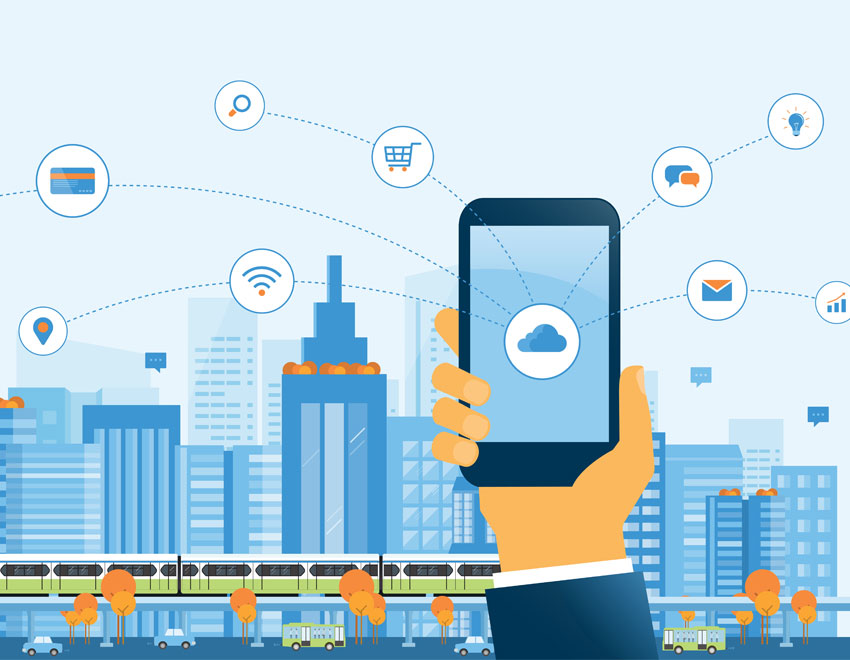Data: The cornerstone of Smart Cities
The idea of smart cities has been around since the 1960s and 1970s when people first thought about using technology to make life better for everyone. But it wasn't until the 1990s and 2000s, with the rise of the Internet and new tech like IoT and cloud computing, that the idea took off.
In the 2010s, the term "smart city" became popular as cities worldwide started using tech to improve services and sustainability. Governments are investing big money in these projects.
How a smart city works
Smart cities utilize their web of connected IoT devices and other technologies to achieve their goals of improving the quality of life and achieving economic growth.
Successful smart cities follow four steps:
- Collection : Smart sensors throughout the city gather data in real-time.
- Analysis : Data collected by the smart sensors is assessed to draw meaningful insights
- Communication : The insights that have been found in the analysis phase are communicated with decision-makers through strong communication networks.
- Action : Cities use the insights pulled from the data to create solutions, optimize operations and asset management, and improve the quality of life for residents.
But upgrading cities isn't easy. Many cities have old systems that need a complete overhaul to become smart. Some cities, like Dubai, were built with smart tech from the start. Others, like Tokyo and New York City, are adapting.
Every city's path to smartness is different, but the goal is the same: use tech to make life better for people. One way to start is by making things more efficient. By connecting all city systems, governments can handle data better.
Accurate data is key too. For instance, Santa Clara County improved its emergency services by integrating data and creating better maps for dispatchers.
Montreal is another example. It focuses on sustainability, using data to improve transportation and reduce waste.
Smart city challenges and concerns
Smart city initiatives must include the people they aim to help: residents, business people, and visitors. City leaders must not only raise awareness of the benefits of the smart city technologies being implemented but also promote the use of open, democratized data to its citizens. If people know what they are participating in and the benefits it can bring, they are more likely to engage.
Fostering collaboration between the public and private sector and city residents is key to creating a smart citizen who will be engaged and empowered to positively contribute to the city and community. Smart city projects should include plans to make the data transparent and available to citizens, often through an open data portal or mobile app.
This enables residents to engage with the data and understand what it is used for. Through a smart city app, residents may also be able to complete personal chores, such as viewing their home's energy consumption, paying bills, and finding efficient public transportation.
Conclusion
The journey to smart cities is long, and there's always room for improvement. But funding is crucial. Cities with money can make things happen faster. Sharing successes and best practices is important too. That way, other cities can learn and become smarter too.

